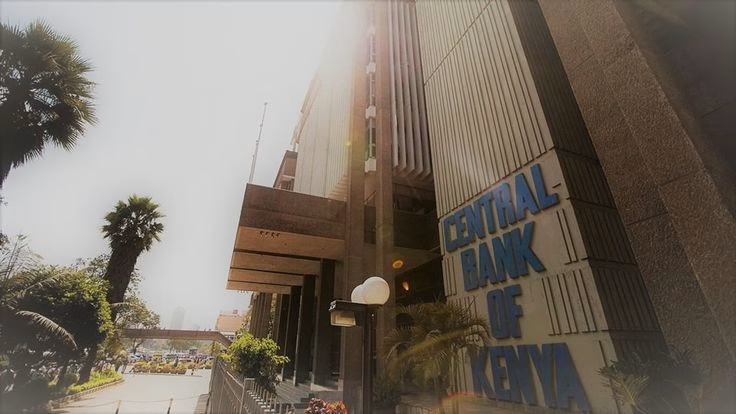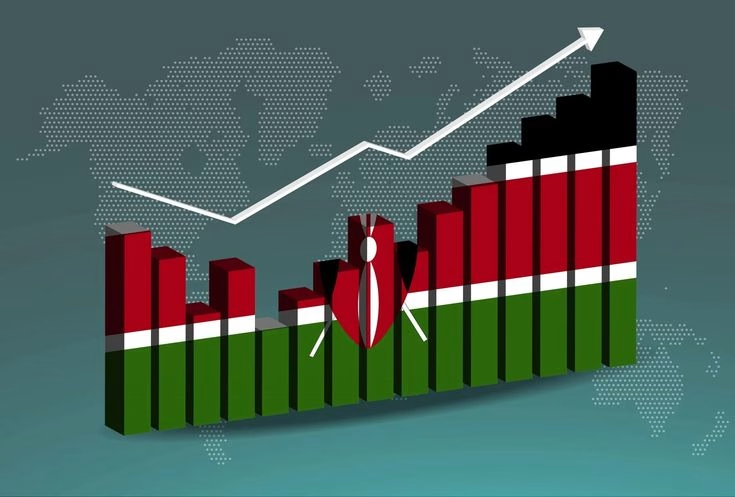Kenya, the birthplace of the mobile money revolution, is once again at the precipice of a seismic shift. For nearly two decades, platforms like M-Pesa have been the lifeblood of the Kenyan economy, transforming a largely unbanked nation into a global model for digital finance. Now, the government, through the Central Bank of Kenya (CBK), is considering putting a cap on person-to-person (P2P) mobile money transfer fees. This bold regulatory move, aimed at lowering the average transaction cost significantly, is poised to reshape how millions of Kenyans send and receive cash, carrying profound implications for both consumers and the powerful mobile network operators (MNOs).

The central argument for intervention is rooted in the very success of mobile money: financial inclusion is stalling. While mobile money penetration is remarkably high, the CBK has observed a plateauing in the active use of advanced financial products. Most users still rely on basic P2P transfers and cash-out services, with limited uptake of digital credit, savings, or insurance. The regulator points to the cumulative cost of transactions, particularly for lower-income households making frequent, small-value transfers, as a key barrier. For many, the tiered fee structure, which can represent a significant percentage of a small amount sent, makes using digital channels expensive compared to handling cash. By targeting to reduce the average transaction cost, the CBK aims to reignite the next phase of financial deepening and draw millions more into the digital economy.
The anticipated benefits for the average Kenyan are immediate and substantial. Capping P2P fees would translate directly into lower costs for remittances and daily transactions. A reduction in the cost of sending money will free up household income, particularly for the rural and urban poor who rely heavily on mobile transfers for everything from school fees to medical emergencies. It would also likely encourage greater adoption of digital payments for very small transactions, further cementing mobile money’s role as a true public utility. Moreover, reduced costs could accelerate the move towards a more cashless society, bringing with it efficiencies and potentially reducing the security risks associated with handling physical cash.
However, the proposal walks a tightrope between consumer welfare and commercial viability. The move is a direct challenge to the profitable revenue streams of MNOs, most notably Safaricom, whose M-Pesa platform contributes nearly half of its service revenue. The existing fee structure, they would argue, subsidizes the vast, expensive network of agents and the continuous investment in technology and security.

The potential drawbacks and risks of regulatory intervention are significant. Firstly, a severe cap could diminish the operators’ incentive to innovate and invest. If the core revenue engine is curtailed, MNOs may scale back investments in new products, network expansion, or agent support, which could disproportionately affect remote and underserved areas where the cost of service delivery is highest. There is a risk that what is saved on P2P fees could be recouped elsewhere, perhaps through higher withdrawal charges, business-to-customer (B2C) fees, or less transparent costs on ancillary services like loans.
Secondly, the industry structure itself needs consideration. While there has been a significant push for interoperability—allowing seamless and cheap transfers between different mobile money providers—the market remains dominated by one major player. A fee cap, while promoting affordability, does not inherently address the underlying concentration of the market. Regulators must be careful to design a cap that promotes fair competition rather than simply regulating the dominant player’s price, which could hinder the growth of smaller competitors.
- Query successful
Try again without apps
The Looming Cap: Will Mobile Money Fee Regulation Reshape Kenya’s Digital Economy?
Kenya, the birthplace of the mobile money revolution, is once again at the precipice of a seismic shift. For nearly two decades, platforms like M-Pesa have been the lifeblood of the Kenyan economy, transforming a largely unbanked nation into a global model for digital finance. Now, the government, through the Central Bank of Kenya (CBK), is considering putting a cap on person-to-person (P2P) mobile money transfer fees. This bold regulatory move, aimed at lowering the average transaction cost significantly, is poised to reshape how millions of Kenyans send and receive cash, carrying profound implications for both consumers and the powerful mobile network operators (MNOs).
The central argument for intervention is rooted in the very success of mobile money: financial inclusion is stalling. While mobile money penetration is remarkably high, the CBK has observed a plateauing in the active use of advanced financial products. Most users still rely on basic P2P transfers and cash-out services, with limited uptake of digital credit, savings, or insurance. The regulator points to the cumulative cost of transactions, particularly for lower-income households making frequent, small-value transfers, as a key barrier. For many, the tiered fee structure, which can represent a significant percentage of a small amount sent, makes using digital channels expensive compared to handling cash. By targeting to reduce the average transaction cost, the CBK aims to reignite the next phase of financial deepening and draw millions more into the digital economy.
The anticipated benefits for the average Kenyan are immediate and substantial. Capping P2P fees would translate directly into lower costs for remittances and daily transactions. A reduction in the cost of sending money will free up household income, particularly for the rural and urban poor who rely heavily on mobile transfers for everything from school fees to medical emergencies. It would also likely encourage greater adoption of digital payments for very small transactions, further cementing mobile money’s role as a true public utility. Moreover, reduced costs could accelerate the move towards a more cashless society, bringing with it efficiencies and potentially reducing the security risks associated with handling physical cash.
However, the proposal walks a tightrope between consumer welfare and commercial viability. The move is a direct challenge to the profitable revenue streams of MNOs, most notably Safaricom, whose M-Pesa platform contributes nearly half of its service revenue. The existing fee structure, they would argue, subsidizes the vast, expensive network of agents and the continuous investment in technology and security.
The potential drawbacks and risks of regulatory intervention are significant. Firstly, a severe cap could diminish the operators’ incentive to innovate and invest. If the core revenue engine is curtailed, MNOs may scale back investments in new products, network expansion, or agent support, which could disproportionately affect remote and underserved areas where the cost of service delivery is highest. There is a risk that what is saved on P2P fees could be recouped elsewhere, perhaps through higher withdrawal charges, business-to-customer (B2C) fees, or less transparent costs on ancillary services like loans.
Secondly, the industry structure itself needs consideration. While there has been a significant push for interoperability—allowing seamless and cheap transfers between different mobile money providers—the market remains dominated by one major player. A fee cap, while promoting affordability, does not inherently address the underlying concentration of the market. Regulators must be careful to design a cap that promotes fair competition rather than simply regulating the dominant player’s price, which could hinder the growth of smaller competitors.
Finally, the long-term impact on the financial ecosystem is complex. Mobile money has not just been a transfer mechanism; it has been a conduit for formal banking services. The free bank-to-mobile money transfers mandated in the past have fostered deeper connections between the formal and informal financial sectors. Any regulatory change must carefully assess its impact on this symbiotic relationship.
The government’s plan, as part of its broader financial inclusion strategy, aims for a delicate balance: maintaining the commercial dynamism of the mobile money sector while ensuring it remains a universally accessible and affordable tool for all Kenyans. As the public consultation phase proceeds, the debate will revolve not just around the level of the cap, but the structure of the new pricing regime. Will it be a percentage cap, a flat fee, or a differentiated structure that places zero-rated status on very low-value transfers while allowing reasonable rates for high-value corporate transactions?
The cap on mobile money fees is more than just a pricing adjustment; it is a philosophical statement about the role of digital payments in a developing economy. It forces a national conversation about whether mobile money, having achieved near-universal adoption, should now be treated as a profitable commercial venture or a regulated public good essential for national development. For Kenyan consumers, the coming changes promise cheaper, more accessible cash transfer. For the giants of the mobile money world, it signals the end of an era of unfettered pricing and the beginning of a new phase of regulatory scrutiny. The success of this policy will ultimately be measured by whether it can lower the cost of living for millions without sacrificing the spirit of innovation that made Kenya a global digital finance leader in the first place.